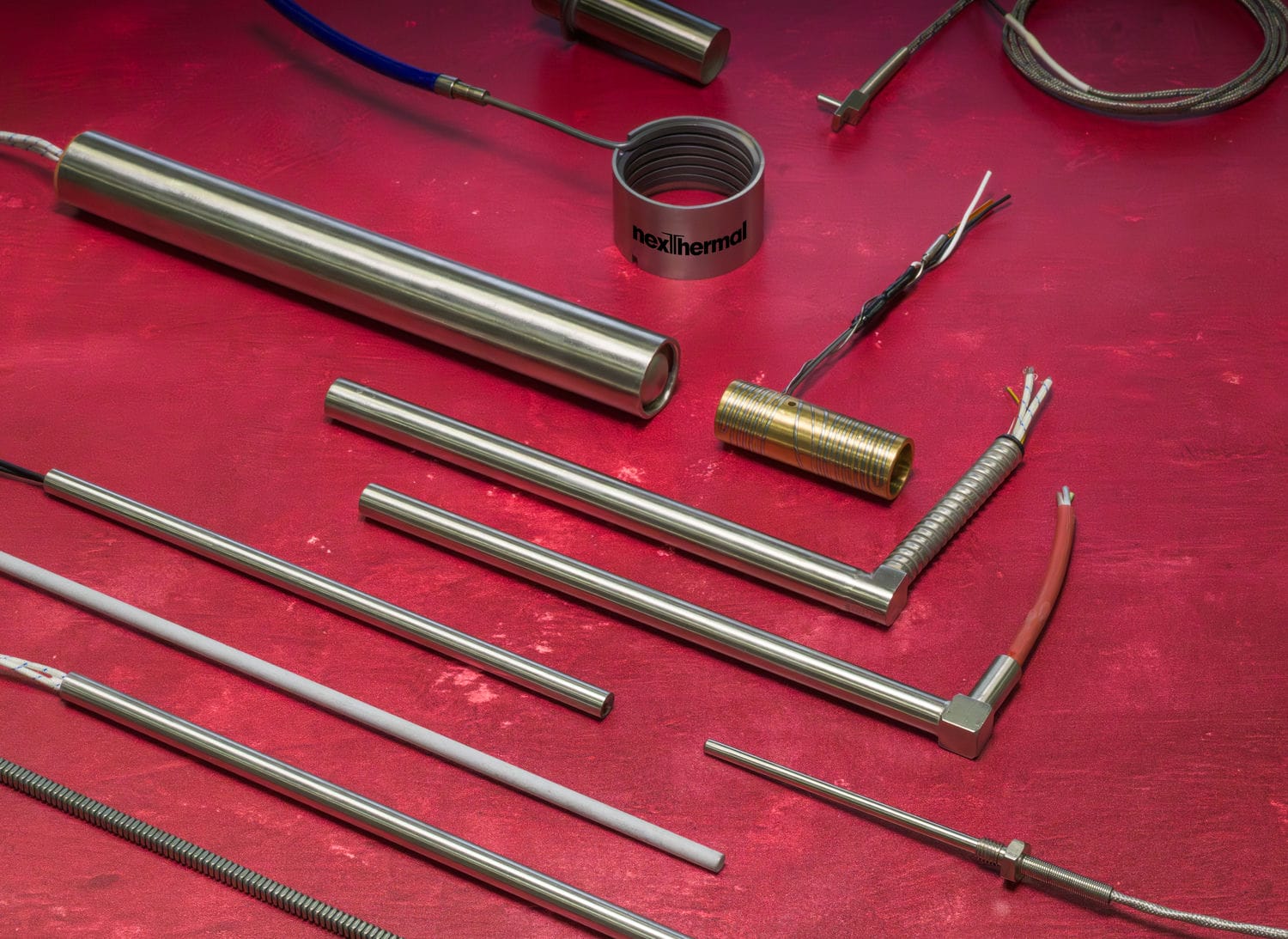What are Ceramic Infrared Heaters?
Ceramic infrared heaters are generally of two types – convective ceramic infrared heaters and radiant ceramic infrared heaters. In the convective type of heating method, heat is transferred by passing electricity through a sequence of aluminum parts or fins. Ceramic infrared heaters are radiant heaters and can reach temperatures over 750°C.
Ceramic infrared transfers heat through nichrome wires centered in the groves of the ceramic heater face and radiates on to the tool it is heating. Ceramic infrared heaters come in a variety of shapes and sizes depending on the applications along with energy efficient emitters.
As ceramic heaters provide a quick, safe and clean source of heat they are widely used in a variety of industrial applications like drying, boiling, molding and melting products.
They are also used in space heating when animals such as pigs reach puberty. Ceramic infrared heaters create an optimized micro environment for increased piglet survival without overheating the sow.
Working Principle of Ceramic Heaters
Ceramic heaters work on the principle of electric resistance heating. It’s a form of electrical energy transformed into heat or thermal energy. This means that the heat is generated due to the high resistivity of the heating element when electricity is passed through it. When electricity passes through ceramic heating elements, the material resists the flow and generates heat.
This conversion of electrical energy to thermal energy is beneficial to the heater as it raises its efficiency. Electric resistance heating is 100% energy efficient which means that all the incoming electric energy is converted to heat.
Ceramic infrared heaters are generally made of one of the two elements – exposed ceramic rods or coils/ribbons/or wires of an alloy. This is then covered in a ceramic insulating plate.
The element’s quantity of electrical resistance is a measure of its ability to generate heat proportional to the amount of current flowing through it. For a material to be classified as a good heating element, it must have sufficient internal resistance. Ceramic infrared heaters transfer heat to the surroundings through either conduction, convection or radiation methods.
When the temperature of the ceramic heating element reaches a specific preset point, the resistance will increase and this will stop the flow of current and the production of heat. Hence ceramic infrared heaters provide the required heat without raising the surrounding temperature unnecessarily.
Advantages of Ceramic Infrared Heaters
Ceramic infrared heaters have a number of advantages
- They heat quickly and are energy efficient.
- They are safe and portable.
- They are small, compact and inexpensive.
- They are available in various models and come with or without fans.
- They do not use much electricity compared to other types of heaters.
- They come with inbuilt safety features like timers, touch sensors, overheat sensors, thermostats, digital displays and remote controls.
- They are capable of heating large areas evenly.
- They are safe as they do not have toxic emissions like carbon monoxide that some other types of heaters typically produce. Ceramic infrared heaters are generally pollution-free and help in keeping the air clean.
- They are durable.
- Ceramic infrared heaters are sold with and without type K internal thermocouples.
Nexthermal is the only supplier of Elstein ceramic infrared heaters and emitters in North America. Nexthermal offers energy efficient ceramic infrared heaters that can reduce electrical consumption by up to 25%, leading to significant savings.
We also offer a range of products such as cartridge heaters, ceramic panel heaters, coil heaters, thermocouples and temperature controllers.











